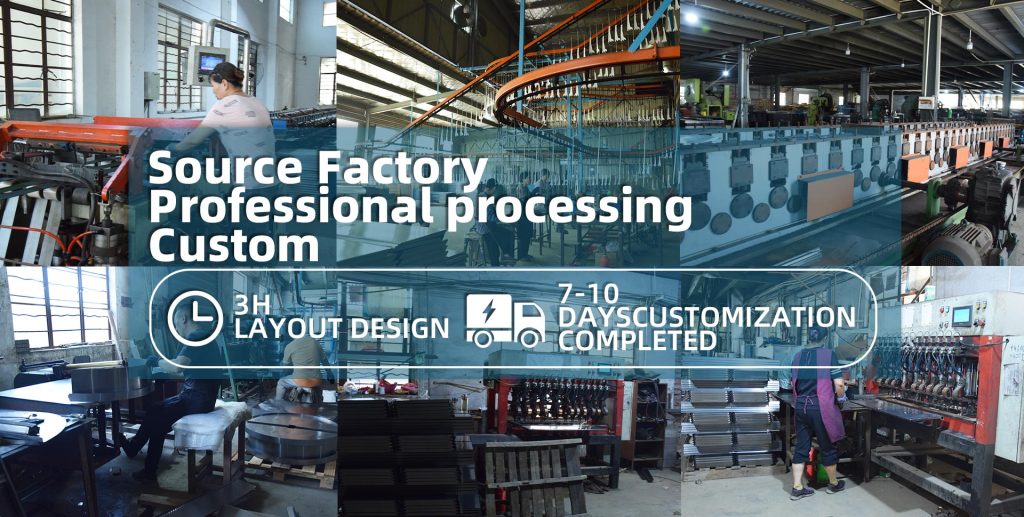A gondola end display, also known as an endcap display or end-of-aisle display, refers to the shelving or display unit located at the end of an aisle in a retail store. It is specifically designed to capture customers’ attention and promote featured or high-demand products.
Gondola end displays are strategically positioned to maximize visibility and create a high-impact merchandising area. They serve as prime real estate within the store, as they are often the first and last displays customers encounter as they navigate through the aisles.
These displays are typically freestanding units that consist of shelves or fixtures attached to the end of gondola shelving. They may be single-sided or double-sided, depending on the store’s layout and aisle configuration. Gondola end displays can vary in size and design, but they are specifically designed to showcase products prominently and draw attention.
Gondola end displays serve several purposes:
Promotional Space: They are ideal for highlighting promotional items, new product launches, seasonal offerings, or limited-time offers. These displays help create a sense of urgency and encourage impulse purchases.
Branding and Marketing: Gondola end displays provide an opportunity to reinforce branding and convey marketing messages. They can feature eye-catching signage, banners, or graphics that align with the product or promotional theme.
Cross-Merchandising: Endcap displays can be used to cross-merchandise related products or create thematic displays. For example, a gondola end display in the beverage aisle might feature a selection of drink mixers and garnishes, encouraging customers to purchase complementary items.
Product Sampling or Demonstrations: They can be used as a space for product sampling, demonstrations, or interactive elements to engage customers and encourage trial or engagement with the featured products.
The goal of a gondola end display is to capture customers’ attention, increase product visibility, and drive sales by showcasing products in a prominent and visually appealing manner. By strategically utilizing these high-traffic areas, retailers can effectively promote specific products or campaigns and enhance the overall shopping experience.



